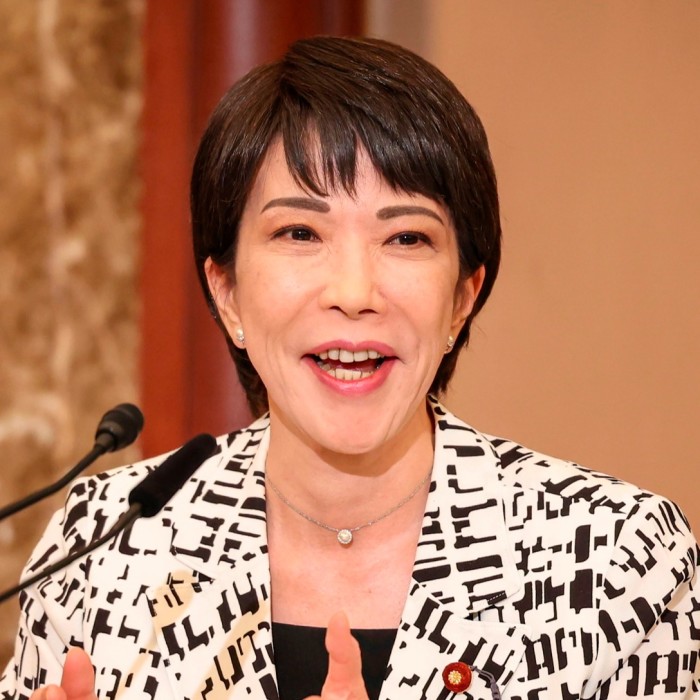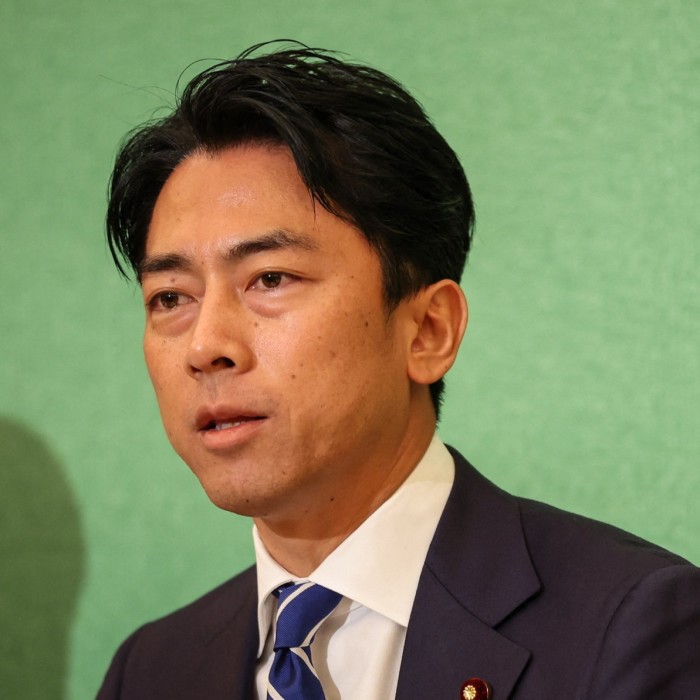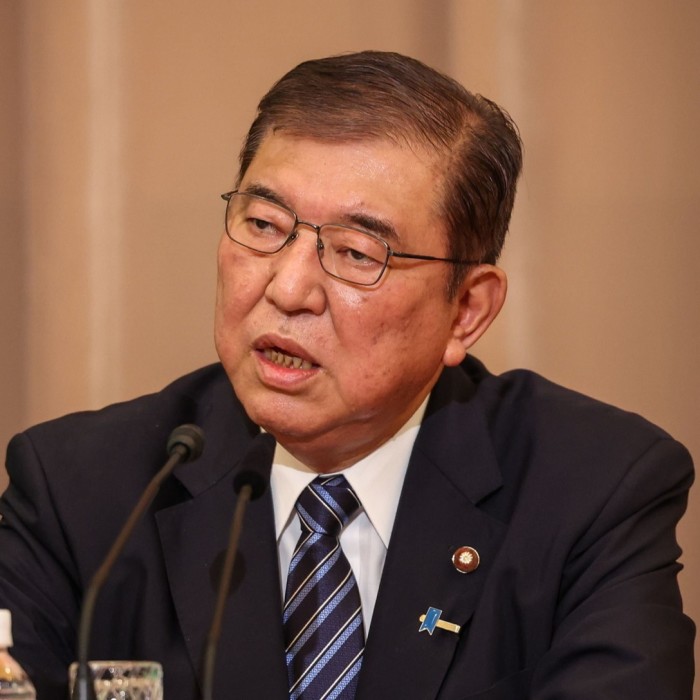
Unlock the Editor’s Digest for free
Roula Khalaf, Editor of the FT, selects her favourite stories in this weekly newsletter.
Japan’s ruling party wrapped up campaigning to choose the country’s next prime minister with three clear frontrunners in what was the Liberal Democratic party’s most open leadership contest for years.
The latest polling pointed to a wide-open contest between Sanae Takaichi, who could become Japan’s first female prime minister, Shinjirō Koizumi, who would be its youngest, and Shigeru Ishiba, a divisive LDP stalwart making his fifth bid to lead the party.
The winner from a record field of nine candidates will be picked on Friday to succeed Fumio Kishida, who announced his resignation in August, and is then expected to lead the ruling party into a general election that must be called by the end of October 2025.
The leadership contest came at a sensitive moment for the Japanese economy, which has re-emerged as a favoured destination for foreign investment while grappling with an ageing and shrinking population.
Traders said the candidates’ divergent positions on how to steer Japan’s economy could spark further volatility in financial markets.
In particular, the leading candidates differ over the Bank of Japan’s efforts to “normalise” monetary policy and raise rock-bottom rates after years of ultra-loose conditions.
On other critical policies, however, there is more alignment, such as the urgency of restarting Japan’s shuttered fleet of nuclear power plants and pressing ahead with expanded defence spending in the face of a more assertive China.
Takaichi, a right-wing revisionist, who has pitched herself as the heir to the late former prime minister Shinzo Abe’s “Abenomics” programme of fiscal spending and low rates, has suggested that rate rises were “stupid”.
She is seen as a potential boost for Japanese stocks, though analysts suspect any bump would be short lived.
Takaichi also appears keen to visit the Yasukuni Shrine, where Japan’s war casualties, including war criminals, are honoured, as prime minister, despite the risk that such a move would enrage Beijing, as it has in the past, and potentially refreeze recently thawed relations with Seoul.
Ishiba, a former defence minister, has proposed an “Asian Nato”, which could force countries in the region to pick sides in a US-China rivalry.
Nomura Securities chief market strategist Naka Matsuzawa said markets tentatively expected a victory for Koizumi, the 43-year-old US-educated former environment minister, who in his campaign has advised cash-strapped households to give up drinking imported mineral water to free up disposable income.
Under a government led by Koizumi or Takaichi, there would probably be a positive tailwind for stocks as foreign investors took a fresh look at Japan, said Astris Advisory strategist Neil Newman.
“Under Ishiba, I think we could see the stock market stall, relations in Asia damaged and foreign investors ignoring the change in leadership,” Newman said, adding that it was unlikely that any of the candidates could influence the direction of the Bank of Japan on tightening monetary policy.
“We will see higher rates, a stronger yen and continuing outperformance of the banking sector regardless,” he said.
But it was nearly impossible to predict the poll’s result, political analysts and LDP parliamentarians said, after the ruling party’s old organisational system of factions was dismantled in the wake of a funding scandal.
The initial vote, which polls both LDP MPs and rank-and-file party members and is expected to yield a result at 2pm on Friday, is unlikely to produce a clear winner. A run-off between the two leading candidates, polling MPs and representatives of local party chapters, will be held immediately afterwards, meaning a winner should be declared later in the afternoon.
Media surveys of MPs’ voting intentions put Koizumi ahead of the others, while polls of the general party membership show Ishiba and Takaichi neck-and-neck, and both some way ahead of Koizumi.
But attempts to accurately poll rank-and-file members are complicated by the LDP’s refusal to share membership lists with media, analysts noted.
The LDP leadership race frontrunners
Sanae Takaichi, 63

Current economic security minister, former newsreader. Would be Japan’s first female prime minister
Seen as torchbearer for “Abenomics” policies of former PM Shinzo Abe
Favours fiscal spending and loose monetary policy, has suggested interest rate rises are ‘stupid’ at this point
Proposed creating a cabinet-level intelligence bureau
Shinjirō Koizumi, 43
US-educated son of charismatic ex-PM Junichiro Koizumi. Former environment minister would be Japan’s youngest PM
Positioned as a change candidate, but likely closest to Kishida policy agenda
Broadly supports BoJ policy normalisation, neutral on fiscal policy
Would favour close alignment with US foreign policy

Shigeru Ishiba, 67

Former banker, in politics since 1980s. Former defence minister.
Contesting LDP leadership for fifth time. Popular with voters but less so in his party
Proposes an ‘Asian Nato’ and favours more independence from US in foreign policy
Favours normalising monetary policy